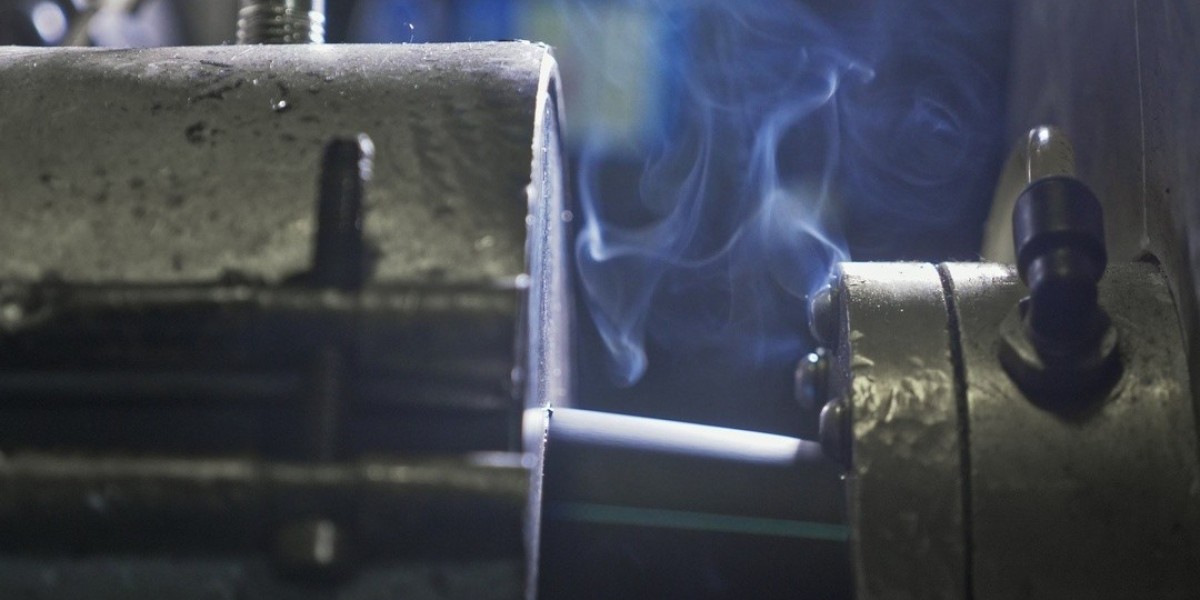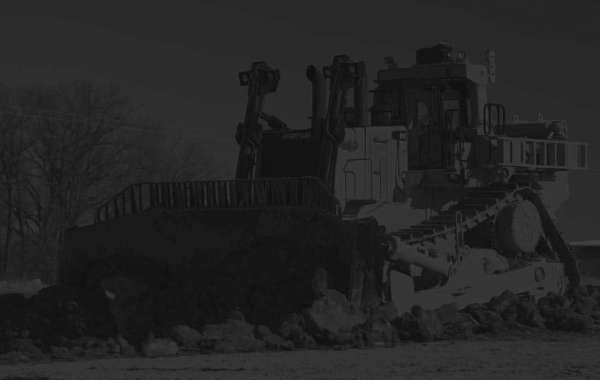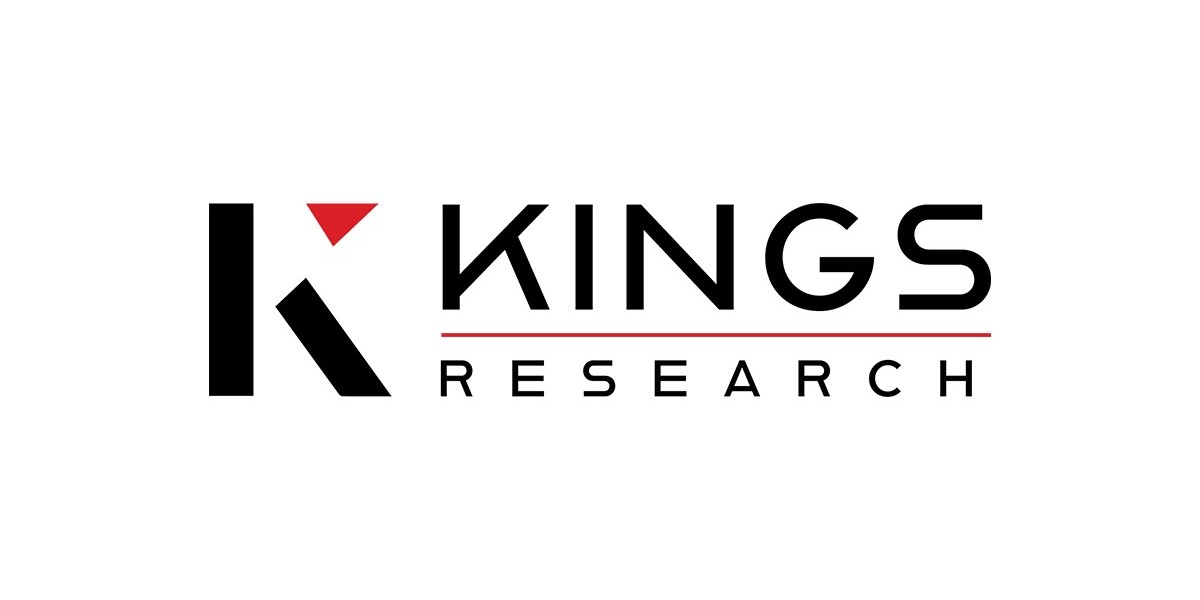Introduction
The extrusion manufacturing process is a widely used production method in various industries, including automotive, construction, aerospace, and packaging. This process involves forcing a material through a die to create objects with a fixed cross-sectional profile. Extrusion is known for its efficiency, cost-effectiveness, and ability to produce complex shapes with excellent mechanical properties. This article explores the extrusion manufacturing process in detail, including its types, advantages, applications, and challenges.
What is Extrusion Manufacturing?
Extrusion is a continuous or semi-continuous manufacturing process where material, typically in the form of a billet or granules, is heated and forced through a die to create products with a uniform cross-section. The process is widely used for shaping metals, plastics, ceramics, and food products. Depending on the material and application, extrusion can be carried out using different methods.
Types of Extrusion Processes
There are several types of extrusion methods used in manufacturing, each with its own advantages and applications:
1. Hot Extrusion
Hot extrusion involves heating the material above its recrystallization temperature before forcing it through a die. This reduces material resistance, making it easier to shape and enhancing the final product’s mechanical properties. It is commonly used for metals such as aluminum, copper, and steel.
2. Cold Extrusion
In cold extrusion, the material is processed at or near room temperature. This method offers high precision, improved surface finish, and enhanced mechanical properties due to strain hardening. It is commonly used for producing aluminum cans, automotive parts, and other high-strength components.
3. Warm Extrusion
Warm extrusion is carried out at intermediate temperatures between hot and cold extrusion. It provides a balance between reduced material resistance and improved strength. This method is used for metals like titanium and magnesium, where hot extrusion might cause excessive grain growth.
4. Direct Extrusion
Direct extrusion, also known as forward extrusion, involves pushing the material through a stationary die using a ram. It is one of the simplest and most widely used extrusion techniques for producing rods, tubes, and complex profiles.
5. Indirect Extrusion
In indirect extrusion, the die moves toward the stationary material instead of the material being pushed through a die. This method minimizes friction, leading to better material flow and reduced energy consumption. It is commonly used for high-precision applications.
6. Hydrostatic Extrusion
This method uses a pressurized fluid to push the material through a die. Hydrostatic extrusion reduces friction and allows for higher strain rates, making it suitable for brittle materials like ceramics and polymers.
7. Impact Extrusion
Impact extrusion is a high-speed process where a punch strikes the material, forcing it to flow into a die cavity. It is commonly used for manufacturing small, lightweight products such as tubes and containers.
Advantages of Extrusion Manufacturing
Extrusion offers several benefits, making it a preferred manufacturing method across multiple industries:
High Production Efficiency: Continuous operation enables mass production with minimal downtime.
Complex Shapes: Allows for the creation of intricate cross-sectional designs that other methods cannot achieve easily.
Material Versatility: Can be used with metals, plastics, ceramics, and even food materials.
Improved Mechanical Properties: The process can enhance material strength, hardness, and durability.
Reduced Waste: Extrusion minimizes material loss compared to traditional machining methods.
Lower Production Costs: Compared to casting and forging, extrusion is often more cost-effective.
Applications of Extrusion Manufacturing
Extrusion is used across a wide range of industries for manufacturing essential components and products:
Automotive Industry: Used to produce lightweight aluminum and plastic parts for vehicles, including frames, panels, and tubing.
Construction Industry: Commonly used for manufacturing window frames, doors, railings, and structural components.
Aerospace Industry: Extruded materials are used in aircraft frames, fuel lines, and other critical parts.
Packaging Industry: Plastic extrusion is widely used for making films, sheets, and containers.
Food Industry: Used for producing pasta, snacks, and pet food by extruding dough or mixtures through a shaped die.
Medical Industry: Produces tubing for catheters, syringes, and other medical devices.
Challenges in the Extrusion Process
Despite its numerous benefits, the extrusion process has some challenges that manufacturers need to address:
Die Wear and Tear: The continuous high-pressure process can cause wear on the extrusion die, requiring frequent maintenance or replacement.
Material Limitations: Not all materials are suitable for extrusion, as some may be too brittle or difficult to shape.
Dimensional Accuracy: Variations in temperature and pressure can impact the final product’s dimensions.
Initial Tooling Cost: The cost of designing and manufacturing custom extrusion dies can be high for small production runs.
Cooling and Warping Issues: Uneven cooling can lead to product distortion, requiring additional processing steps.
Future Trends in Extrusion Manufacturing
The extrusion process is continuously evolving with advancements in technology. Some notable trends shaping the future of extrusion manufacturing include:
Automation and AI Integration: Smart systems and artificial intelligence (AI) are being used to optimize extrusion parameters, improve quality control, and enhance production efficiency.
Sustainable Materials: Increased focus on eco-friendly materials, such as biodegradable plastics and recycled metals, for a greener manufacturing process.
3D Extrusion Printing: The combination of extrusion and additive manufacturing is paving the way for new possibilities in custom and complex product manufacturing.
Advanced Die Materials: New high-performance die materials and coatings are being developed to extend die life and reduce maintenance costs.
Energy-Efficient Processes: Research is being conducted on reducing energy consumption and optimizing heat management in extrusion systems.
Conclusion
The extrusion manufacturing process is a crucial technology that plays a vital role in various industries. Its ability to create complex shapes with high efficiency, reduced waste, and excellent mechanical properties makes it a preferred choice for mass production. While challenges exist, continuous advancements in automation, sustainable materials, and process optimization are ensuring that extrusion remains a competitive and evolving manufacturing method. By understanding the various extrusion techniques, advantages, and future trends, manufacturers can leverage this process to produce high-quality products efficiently and cost-effectively.










